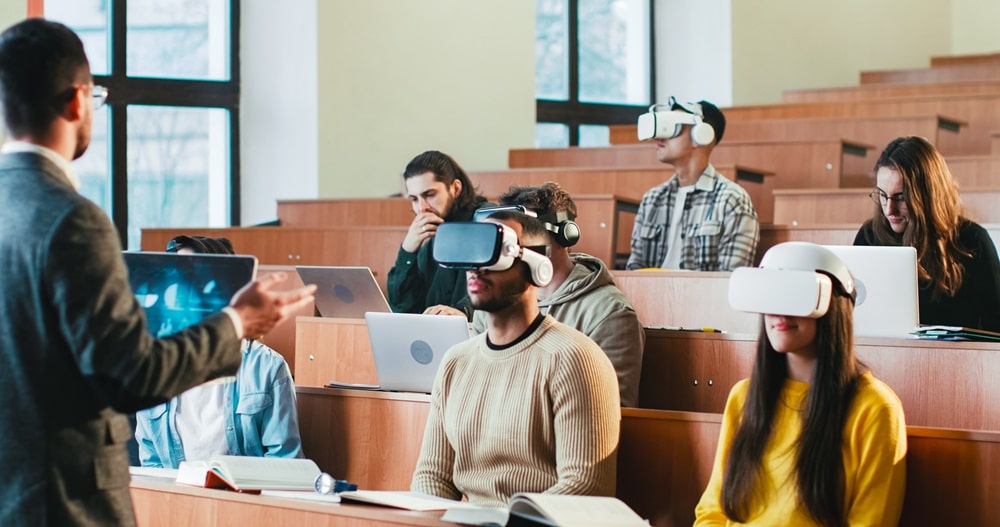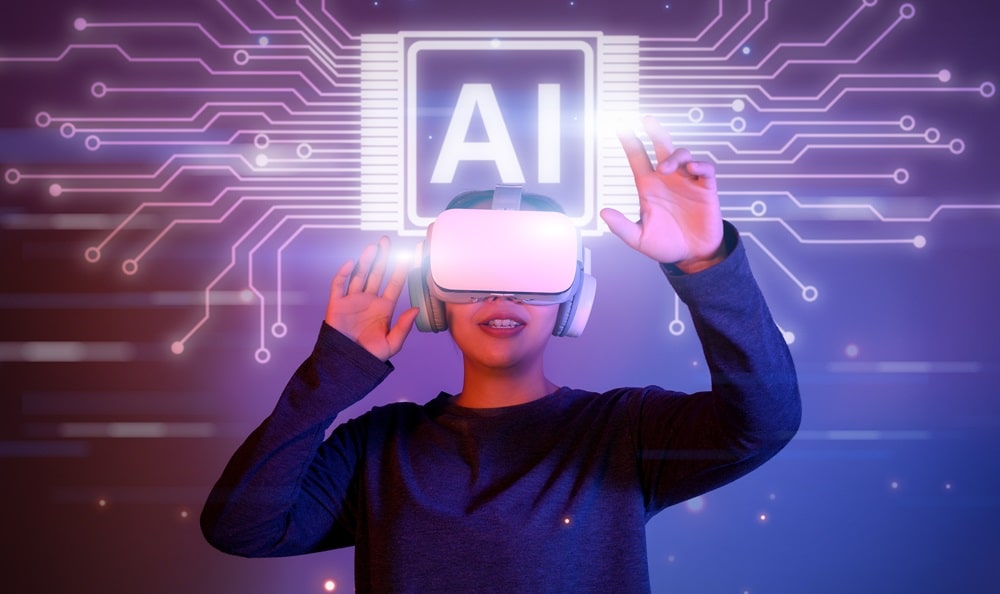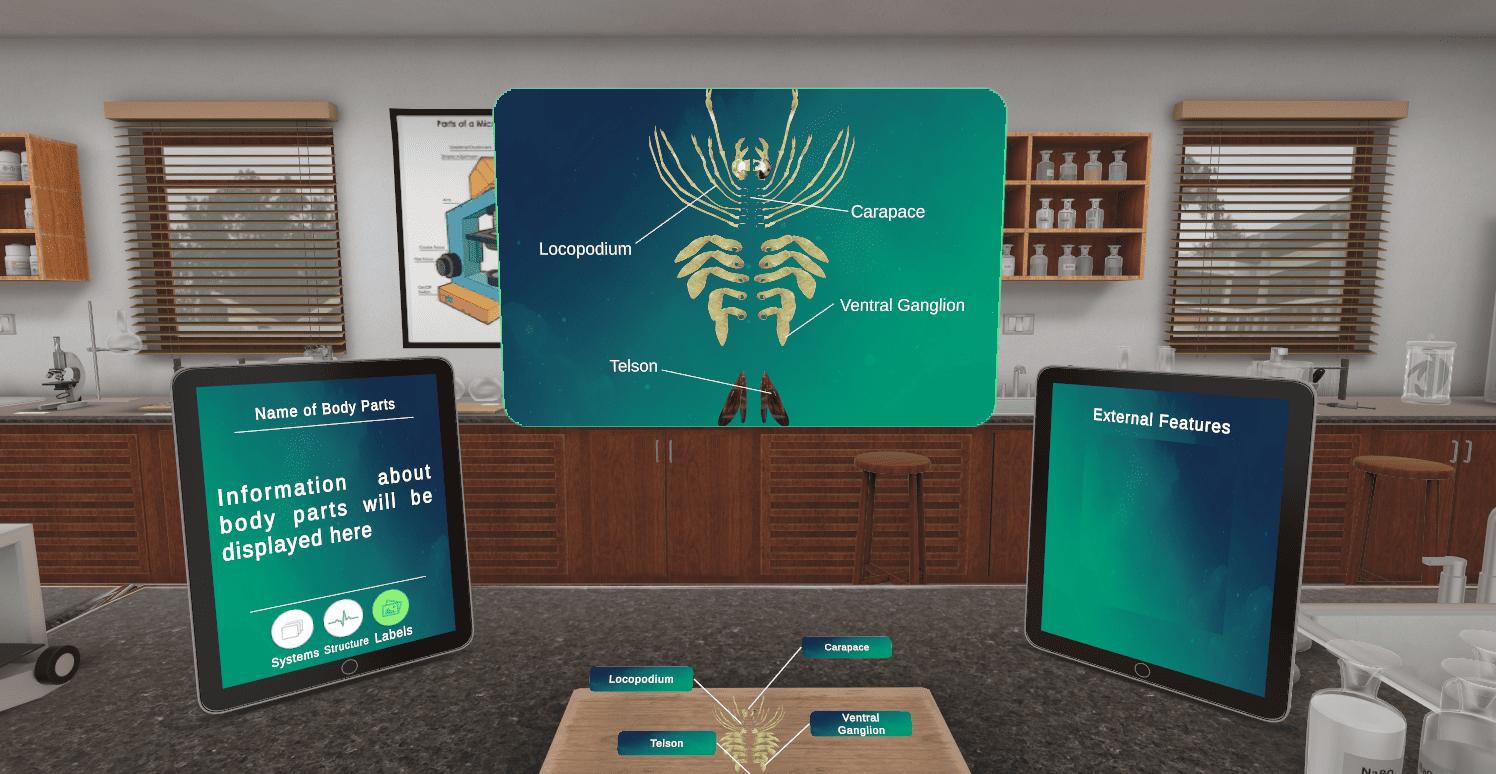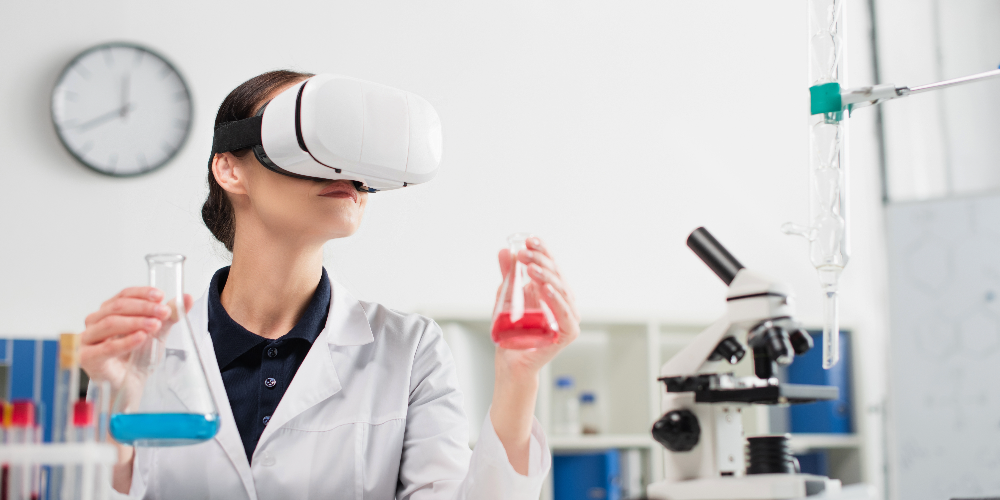Hopkinson Test in VR: Bridging the Gap Between Theory and Practice

As of today, 93% of engineering educators have the notion that implementing VR in classrooms can significantly improve learning outcomes. Virtual Reality (VR) is transforming the way electrical engineering students learn about complex concepts, such as the Hopkinson Test.
VR offers immersive simulations that provide students the ability to visualize and interact with the mechanics of this important testing method, which considers material properties under dynamic conditions.
The reason why is that this hands-on experience not only helps you understand it better but also helps you make a deeper connection with theoretical knowledge.
This blog will explore what are the challenges educators face in traditional electrical engineering labs while teaching Hopkinsons test, and how VR can help solve the issues.
Let’s get started.
Teaching the Hopkinson Test
The Hopkinson Test, a crucial experiment in electrical engineering for determining the efficiency of DC machines, presents educators with several challenges:
Limited Lab Resources
The availability of physical equipment and materials to conduct the Hopkinson Test can be constrained. These include specialized types of equipment like the Split-Hopkinson Pressure Bar (SHPB) and proper data-acquisition systems.
Therefore, students do not have hands-on experience. In fact, this is especially true for smaller institutions or those with a small budget.
Safety Concerns
The experiment requires high voltage (220V-480V) and high current (50A-200A) and this is a safety hazard for both students and instructors.
Traditional laboratory setups come with numerous risks that necessitate safety protocols and supervision like daily operations oversight, quality assurance checks, and on-the-job training.
The complexity of the Experiment:
The setup and analysis of the Hopkinson Test are complicated enough to make it difficult for students to understand the fundamentals like Regenerative Testing, Field Current Control, and Efficiency Calculations.
To do the experiment you need to know electrical circuits, power flow, and efficiency calculations at a deep level.
VR: A Game Changer in Engineering Education
With this potential, Virtual Reality (VR) has the potential to revolutionize engineering education. In the context of the Hopkinson Test, VR can offer several advantages:
Safe and Controlled Environment
The Hopkinson Test can be safely experimented with in VR simulation without the risks of physical equipment. Students can explore alternate scenarios and make changes without charge and without fear of damaging equipment or electrical shock.
Customization and Flexibility:
VR scenarios can be easily customised by educators in order to suit different learning styles or levels of understanding. An innate flexibility allows the instructors to shape the form of the learning for each specific class of students.
An example in this context can be the customization of the Split-Hopkinson Pressure Bar setup. Virtually, the students can assemble each part of the complex apparatus. They can manipulate different properties like the impact velocity.
Using VR in this setup allows the students to receive real-time visual feedback. They can even observe how the strain waves pass through different materials and how the materials react to different forces.
Real-Time Data Analysis:
Students can receive immediate feedback and real-time data analysis from VR simulations to better understand the outcomes of the experiment. Students are able to visualize data, recognize trends, and make sense of the outcomes from their experiments.
Enhanced Engagement and Retention:
VR is immersive and can increase student engagement and improve knowledge retention. VR simulations make learning more interactive and memorable and therefore easier for students to recall and apply what they learned.
VR in engineering has been incorporated into MIT’s online engineering programs, allowing students to access hands-on learning experiences from anywhere.
According to the findings of empirical research, incorporating VR in education can improve test scores by 15-30%. This is due to the fact that VR encourages “active learning”, which is one of the key pillars of Education 4.0 trends. The students actively take part in the learning process and interact with elements.
This is due to the fact that VR encourages “active learning”, which is one of the key pillars of Education 4.0 trends. The students actively take part in the learning process and interact with elements.
Improve student engagement and motivation:
VR’s immersive nature can make learning more enjoyable and therefore, more engaging for students.
VR simulations have been used by Stanford School of Engineering to supplement their electrical engineering laboratory courses. These virtual college tours Increase the engagement of students, promote a better understanding of complex concepts and help develop a better ability to retain what they learn have been reported by the students
The implementation of VR in education has been shown to increase the engagement of students by as much as 25%.
Enhance problem-solving skills:
Students are afforded the opportunity to practice problem-solving in a safe and controlled VR simulation. Students are able to do more critical thinking and develop analytical skills through this.
Increase knowledge retention:
VR can make a student more prone to retain information because the information presented in a VR format is more memorable and interactive. It is one of the best possible tools to teach engineering through modern tech.
VR is immersive and, therefore, makes strong neural connections, so the students can easily recall and apply what they have learned.
Final Words
VR is a prospect for innovative solutions as educators continue to look for ways to prepare their students for the challenges of the modern engineering world.
With our VR-based Hopkinson Test simulation, we offer a powerful tool for improving student understanding, improving hands-on learning experiences, and bridging the gap between theory and practice.
If teachers (as well as educators of numerous other kinds) get fully onboard with VR, they stand to create more engaging, effective, and accessible learning environments for their students.



